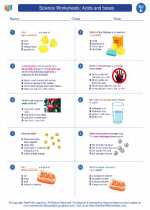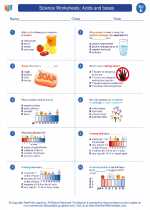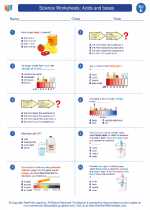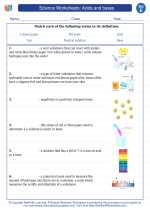Reflect
When we talk about reflection in the context of science, we are referring to the bouncing back of light, sound, or heat when it strikes a surface. This can happen with different types of waves, and the way they reflect can depend on the nature of the surface they encounter.
Reflection of Light
When light waves encounter a smooth, shiny surface, such as a mirror, they bounce off at the same angle they hit the surface, following the law of reflection. This is how we are able to see our own reflection in a mirror. On the other hand, when light encounters a rough surface, it scatters in different directions, making the surface appear dull and not reflective.
Reflection of Sound
Sound waves also reflect off surfaces. For example, when you shout in a canyon, you hear an echo because the sound waves bounce off the walls and return to your ears. The smoothness or roughness of the surfaces in the canyon can affect how the sound waves reflect.
Reflection of Heat
In the context of heat, reflective surfaces are used to prevent heat loss. For example, shiny metal surfaces can reflect heat back into a room, keeping it warm. Similarly, reflective materials are used in insulation to prevent heat from escaping from buildings.
Study Guide
- Describe the reflection of light and provide examples of surfaces that reflect light.
- Explain how the reflection of sound works and give examples of situations where sound reflects.
- Discuss the importance of reflective surfaces in the context of heat and energy conservation.
- Perform an experiment to demonstrate the reflection of light, sound, or heat.
Understanding reflection is important in various scientific and everyday contexts, from understanding how we see ourselves in a mirror to designing energy-efficient buildings. It's an interesting topic that involves the behavior of different types of waves when they encounter surfaces.
.◂Science Worksheets and Study Guides Fifth Grade. Science Worksheets: Acids and bases

 Activity Lesson
Activity Lesson
 Worksheet/Answer key
Worksheet/Answer key
 Worksheet/Answer key
Worksheet/Answer key
 Worksheet/Answer key
Worksheet/Answer key
 Worksheet/Answer key
Worksheet/Answer key
 Vocabulary/Answer key
Vocabulary/Answer key
 Vocabulary/Answer key
Vocabulary/Answer key
